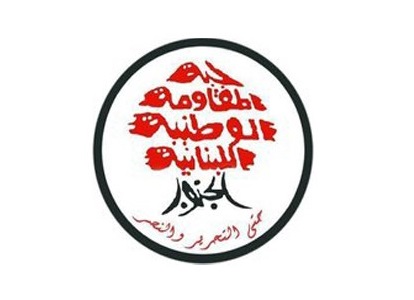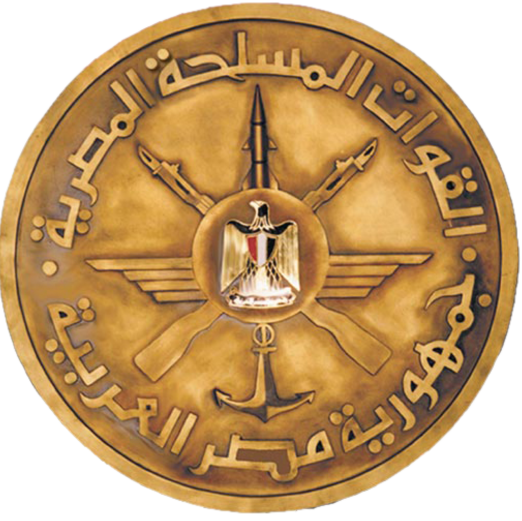|
Al Binaa
''Al Binaa'' () is a Lebanese daily newspaper published in Beirut, Lebanon. Founded in 1958, it is published by the National Media Company (, pronounced Al-Sharika Al-Qawmiya lil-I'lam), which is aligned with the Syrian Social Nationalist Party in Lebanon. The editor in chief is the Lebanese politician and former member of Parliament, Nasser Qandil. The paper promoted cultural revival and featured the poems by Kamal Kheir Beik, Adonis, and Muhammad al-Maghut Muhammad al-Maghout (1934–April 3, 2006) ( ar, محمد الماغوط) was a renowned Syrian writer and poet. He was born in the town of Salamiyah of Hama Governorate in Syria to an Isma'ili family. He was married to the poet Saniya Salih. ... who were part of the emerging Arabic Modernist movement and were also the members of the Syrian Social Nationalist Party in Lebanon. References External linksOfficial website 1958 establishments in Lebanon Arabic-language newspapers Newspapers published in Beirut P ... [...More Info...] [...Related Items...] OR: [Wikipedia] [Google] [Baidu] |
Syrian Social Nationalist Party In Lebanon
The Syrian Social Nationalist Party in Lebanon (SSNP-L) or is a Syrian nationalist party operating in Lebanon. The Lebanese section of the Syrian Social Nationalist Party advocates subsuming Lebanon into a Greater Syrian nation state spanning the Fertile Crescent. Founded in Beirut in 1932 as a national liberation organization hostile to French colonialism, the party played a significant role in Lebanese politics and was involved in attempted coup d'etats in 1949 and 1961 following which it was thoroughly repressed. It was active in the resistance against the Israeli invasion of Lebanon from 1982 to 2000 while continuously supporting the Syrian presence in Lebanon. Foundation and early years The SSNP-L was founded in Lebanon by Antun Saadeh, a Syrian nationalist philosopher from the town of Dhour el Shweir. He had emigrated to Brazil in 1919 and was involved in both Arabic-language journalism and Syrian nationalist activity. He returned to Lebanon in 1930 where he was a jo ... [...More Info...] [...Related Items...] OR: [Wikipedia] [Google] [Baidu] |
Beirut
Beirut, french: Beyrouth is the capital and largest city of Lebanon. , Greater Beirut has a population of 2.5 million, which makes it the third-largest city in the Levant region. The city is situated on a peninsula at the midpoint of Lebanon's Mediterranean coast. Beirut has been inhabited for more than 5,000 years, and was one of Phoenicia's most prominent city states, making it one of the oldest cities in the world (see Berytus). The first historical mention of Beirut is found in the Amarna letters from the New Kingdom of Egypt, which date to the 14th century BC. Beirut is Lebanon's seat of government and plays a central role in the Lebanese economy, with many banks and corporations based in the city. Beirut is an important seaport for the country and region, and rated a Beta + World City by the Globalization and World Cities Research Network. Beirut was severely damaged by the Lebanese Civil War, the 2006 Lebanon War, and the 2020 massive explosion in the ... [...More Info...] [...Related Items...] OR: [Wikipedia] [Google] [Baidu] |
Nasser Qandil
Gamal Abdel Nasser Hussein, . (15 January 1918 – 28 September 1970) was an Egyptian politician who served as the second president of Egypt from 1954 until his death in 1970. Nasser led the Egyptian revolution of 1952 and introduced far-reaching land reforms the following year. Following a 1954 attempt on his life by a Muslim Brotherhood member, he cracked down on the organization, put President Mohamed Naguib under house arrest and assumed executive office. He was formally elected president in June 1956. Nasser's popularity in Egypt and the Arab world skyrocketed after his nationalization of the Suez Canal Company and his political victory in the subsequent Suez Crisis, known in Egypt as the ''Tripartite Aggression''. Calls for pan-Arab unity under his leadership increased, culminating with the formation of the United Arab Republic with Syria from 1958 to 1961. In 1962, Nasser began a series of major socialist measures and modernization reforms in Egypt. Despite set ... [...More Info...] [...Related Items...] OR: [Wikipedia] [Google] [Baidu] |


